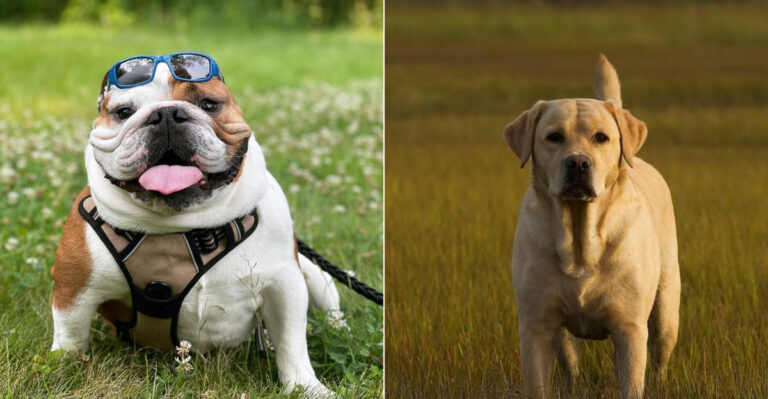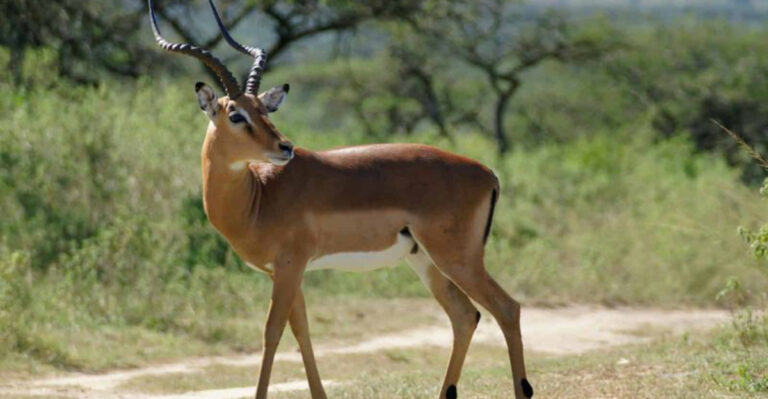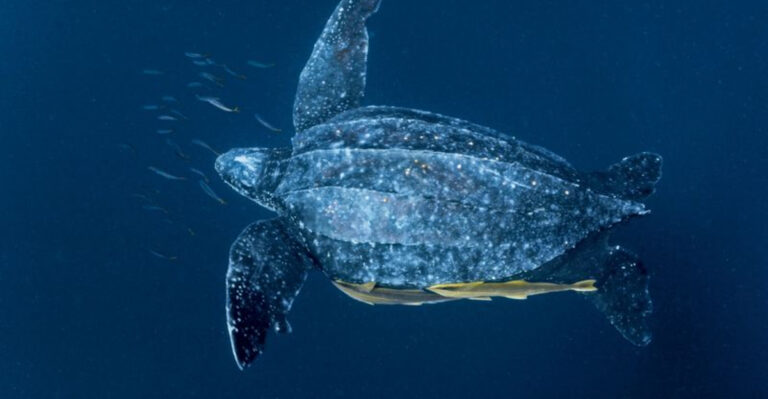What Is Convergent Evolution? With Real-Life Examples And Causes

Ever noticed how sharks and dolphins look similar despite being completely different animals? That’s convergent evolution at work!
This fascinating process occurs when unrelated species develop similar traits independently because they face similar environmental challenges.
Nature essentially finds the same solutions to survival problems again and again, creating lookalikes across the tree of life.
1. Definition Of Convergent Evolution
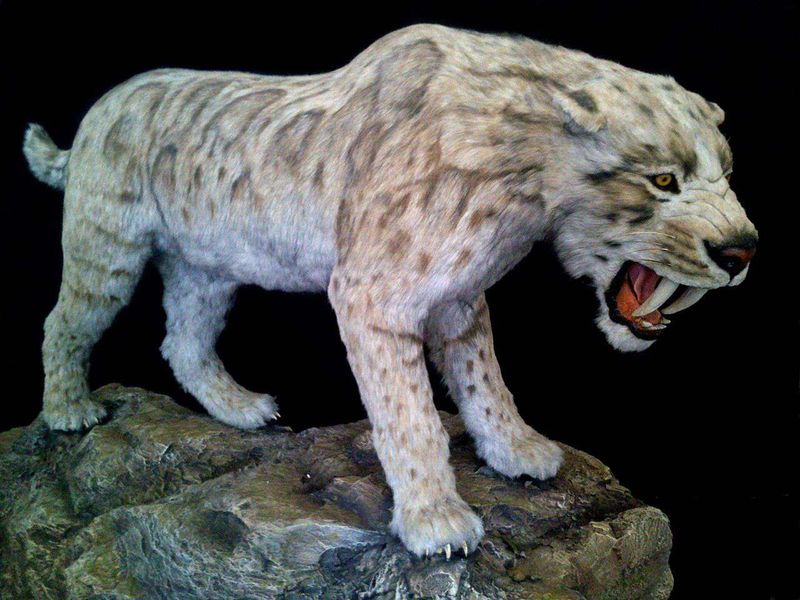
Imagine nature’s greatest coincidence – different creatures developing similar features independently!
Convergent evolution happens when unrelated species evolve comparable traits because they face similar environmental challenges. These matching adaptations aren’t inherited from a common ancestor but emerge separately as practical solutions to survival problems.
Think of it as nature’s way of saying ‘great minds think alike.’
2. How It Differs From Divergent Evolution
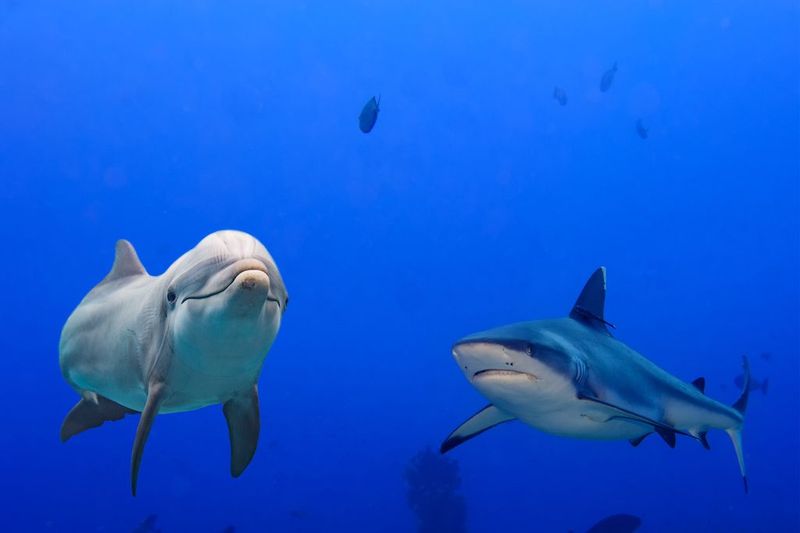
Flip sides of evolution’s coin show two fascinating processes! While convergent evolution creates similarities between unrelated species, divergent evolution does the opposite.
Divergent evolution starts with one species that splits into different forms adapting to various environments – like Darwin’s finches developing different beaks.
3. Why Convergent Evolution Happens

Survival drives nature’s most remarkable copycat phenomenon! Convergent evolution occurs because certain body shapes and functions simply work best for specific challenges.
When unrelated creatures face similar problems – like catching prey underwater or flying – they often develop comparable solutions.
Limited design options in nature mean successful adaptations tend to repeat across different evolutionary lineages.
4. The Role Of Natural Selection
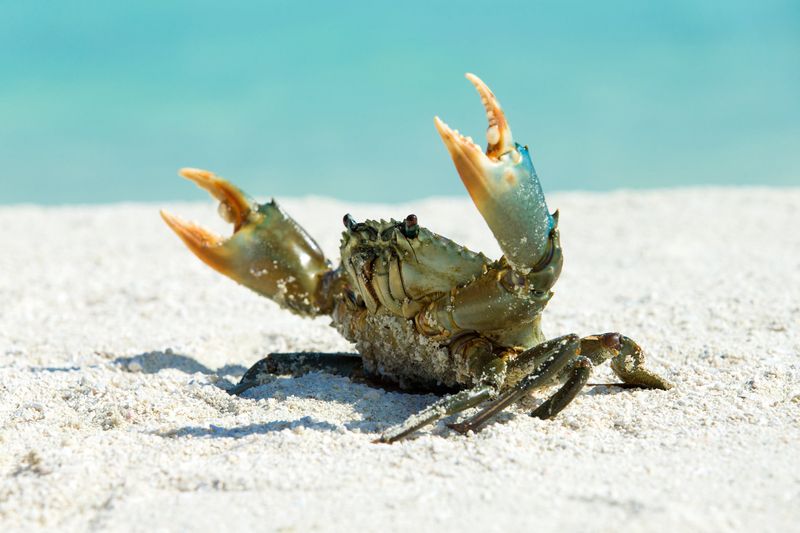
Natural selection favors traits that enhance survival and reproduction. When different creatures face similar challenges, this powerful force often selects comparable adaptations – the most efficient solutions win regardless of ancestry.
Through countless generations, beneficial mutations accumulate until unrelated species develop remarkably similar features.
5. Environmental Pressures And Adaptation
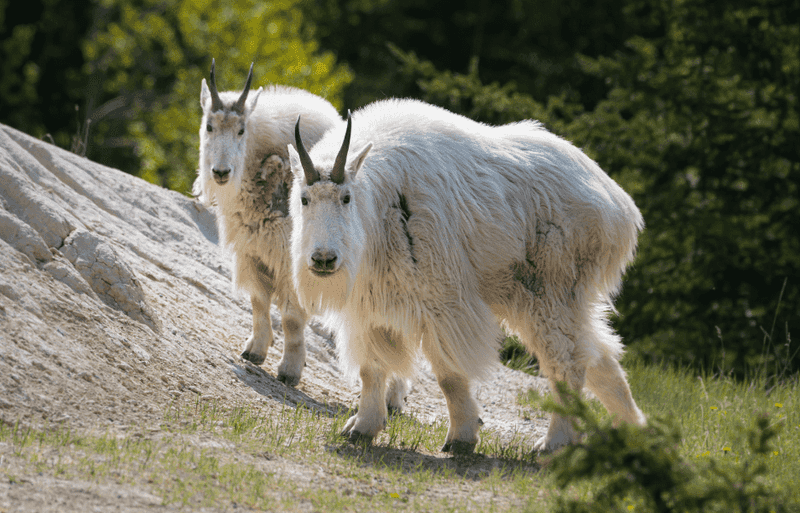
Harsh environments create nature’s most unexpected twins! Deserts, deep oceans, and high mountains impose extreme challenges that limit successful survival strategies. Species living in these demanding habitats often evolve similar body shapes, behaviors, or physiological adaptations.
The desert’s scorching heat has independently produced water-conservation techniques in American cacti and African euphorbias – different plants with strikingly similar appearances.
6. Examples In Marine Animals

Beneath the waves, evolution plays tricks on family trees! The streamlined torpedo shape appears repeatedly in fast-swimming marine creatures – sharks, dolphins, and extinct ichthyosaurs all independently developed this hydrodynamic form.
Their similar bodies slice through water efficiently despite vastly different ancestries. Even their fins evolved similar positions and shapes, showing how water’s physical properties shape diverse creatures.
7. Flight In Birds, Bats, And Insects
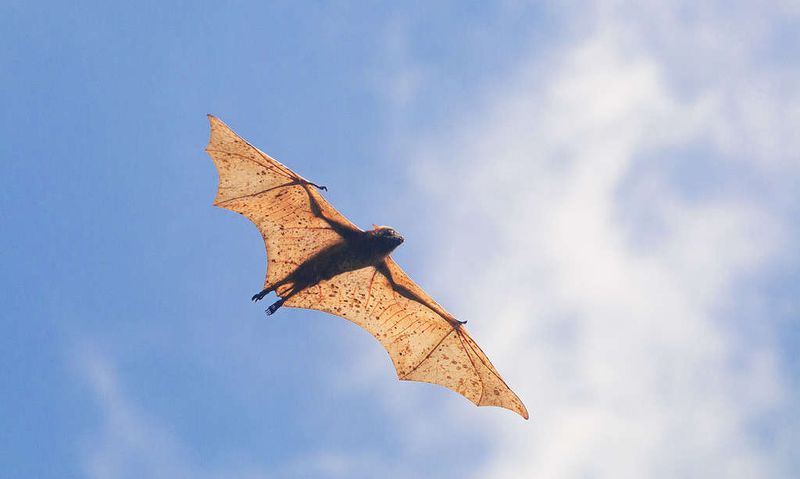
The sky’s greatest puzzle involves wings appearing multiple times! Flight evolved independently at least four times – in insects, pterosaurs, birds, and bats. Though their wing structures differ dramatically, the fundamental aerodynamic principles remain identical.
Bird wings use feathers, bat wings stretch skin between elongated fingers, and insect wings are membrane extensions – different solutions achieving the same remarkable result.
8. Similar Body Shapes In Desert Reptiles
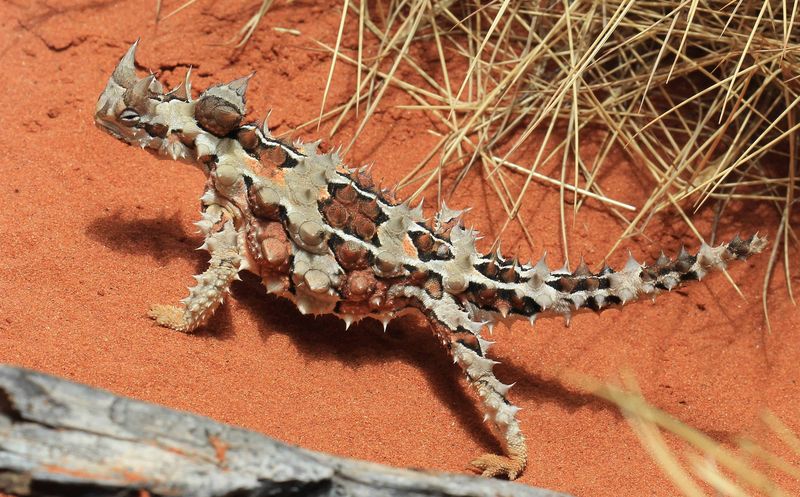
Australia’s thorny devil and North America’s horned lizard evolved nearly identical spiky appearances and water-harvesting skin despite being separated by oceans. Both collect morning dew through specialized scales that channel moisture to their mouths.
Their chunky bodies, camouflage coloration, and defensive spines emerged independently as perfect desert survival strategies.
9. Mimicry Across Unrelated Species
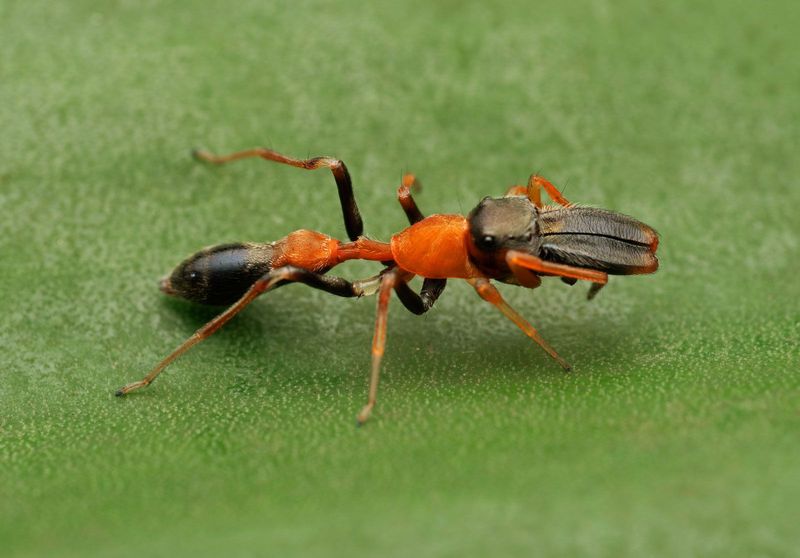
Warning colors create nature’s most convincing imposters! The striking black-and-yellow stripes of bees, wasps, and many harmless flies aren’t coincidental. Dangerous species evolved bright warning patterns first, while harmless creatures followed suit, gaining protection by resembling something dangerous.
This Batesian mimicry represents convergent evolution driven by predator avoidance rather than physical environment – a brilliant evolutionary shortcut!
10. Marsupial And Placental Animal Similarities
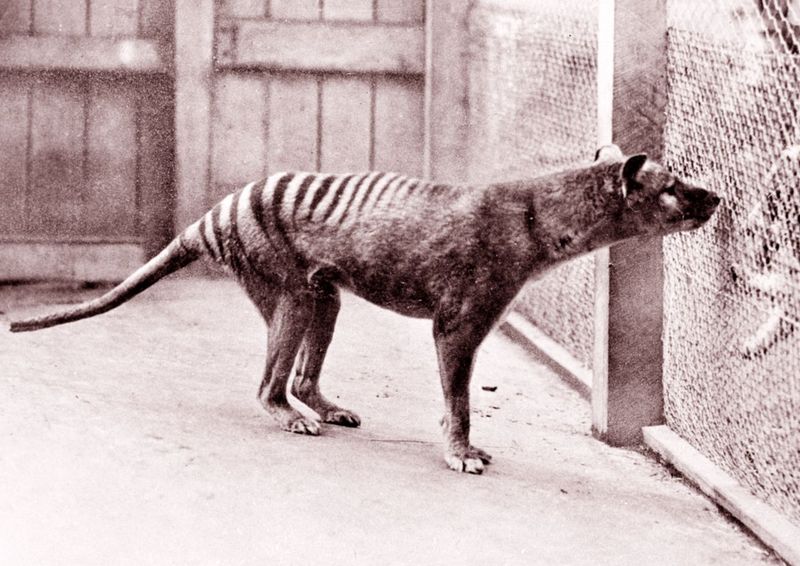
When Australia split from other continents, marsupials evolved in isolation but developed forms surprisingly similar to placental mammals elsewhere. The marsupial sugar glider resembles the placental flying squirrel, while the Tasmanian wolf paralleled wolves.
These doppelgangers filled similar ecological niches despite their vastly different reproductive systems and evolutionary histories.
11. Convergent Evolution In Plants

Plants demonstrate spectacular convergent evolution in challenging environments. Succulents from different families independently evolved water-storing tissues and reduced leaves across multiple continents.
The spiny protection and columnar growth of American cacti and African euphorbias appear nearly identical despite belonging to entirely different plant families – a perfect example of similar environments creating similar adaptations.
12. Human Traits And Evolutionary Echoes
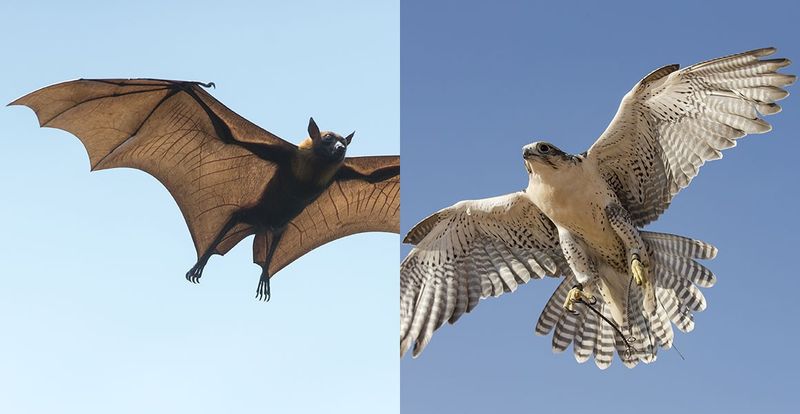
Our own story contains surprising evolutionary parallels! Humans share convergent traits with unexpected species. Our complex problem-solving abilities parallel those of octopuses and some birds, despite our last common ancestor being incredibly distant.
Even lactose tolerance evolved independently in different human populations – Europeans and some African groups developed the same adaptation through different genetic mutations.
13. Genetic Pathways Behind Similar Traits
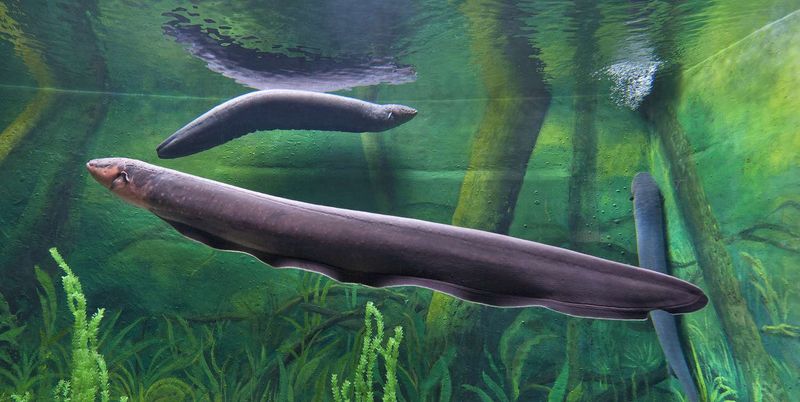
DNA’s hidden highways reveal evolution’s surprising shortcuts! Scientists discovered that convergent traits sometimes develop through the same genetic pathways. Electric eels and electric fish from different continents modified similar genes to create their shocking abilities.
In other cases, completely different genetic routes lead to similar outcomes – like how various animals achieved blue eye color through entirely different mutations.
14. What Convergent Evolution Tells Us About Survival
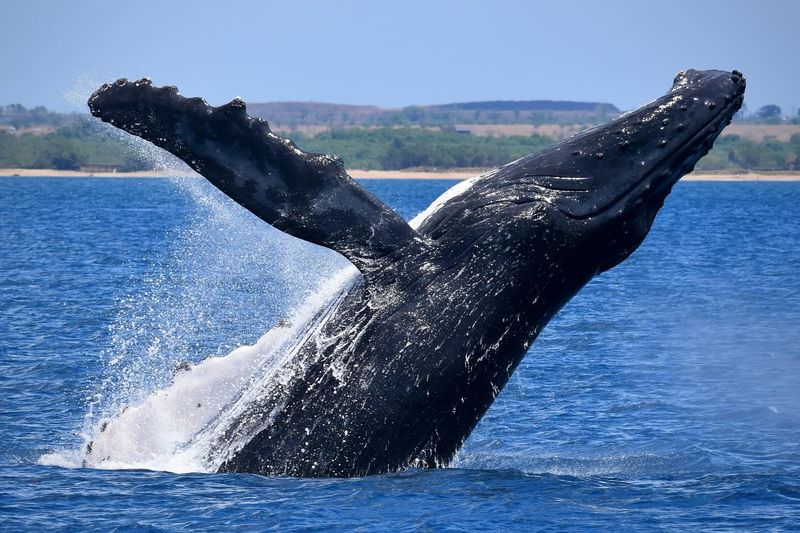
Convergent evolution demonstrates that certain solutions simply work best for specific challenges. When we see similar traits appearing independently across the tree of life, we’re witnessing evidence of optimization at work.
These patterns help scientists identify the most efficient adaptations to particular environmental pressures – valuable insights for understanding survival strategies.
15. Why Convergent Evolution Still Fascinates Scientists
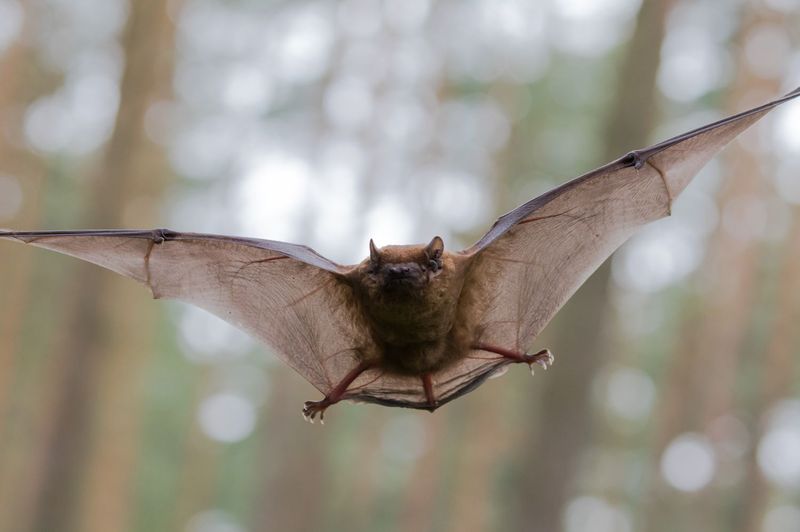
Scientists continue exploring convergent evolution because it helps predict how species might adapt to changing environments. Understanding why certain traits repeatedly emerge provides insights into evolutionary constraints and possibilities.
New genetic technologies reveal previously hidden convergent patterns at the molecular level, deepening our understanding of life’s fundamental processes and interconnectedness.


